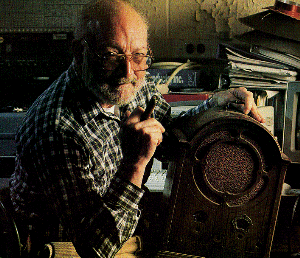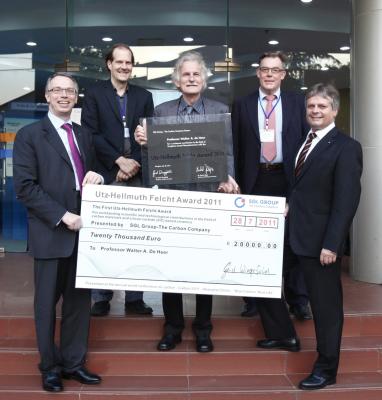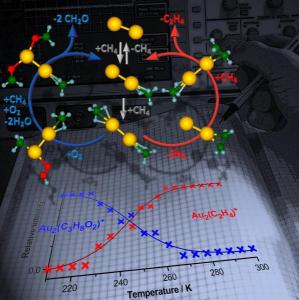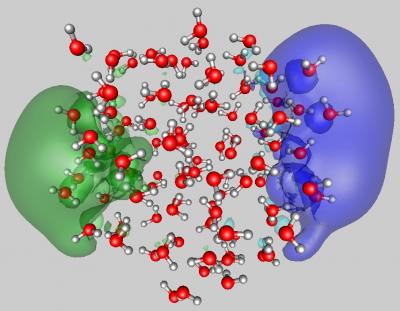The Nobel Prize in Physics 2011 was awarded "for the discovery of the accelerating expansion of the Universe through observations of distant supernovae" with one half to Saul Perlmutter and the other half jointly to Brian P. Schmidt and Adam G. Riess.
The Royal Swedish Academy of Sciences said American Saul Perlmutter would share the 10 million kronor ($1.5 million) award with U.S.-Australian Brian Schmidt and U.S. scientist Adam Riess. Working in two separate research teams during the 1990s -- Perlmutter in one and Schmidt and Riess in the other -- the scientists raced to map the universe's expansion by analyzing a particular type of supernovas, or exploding stars.













